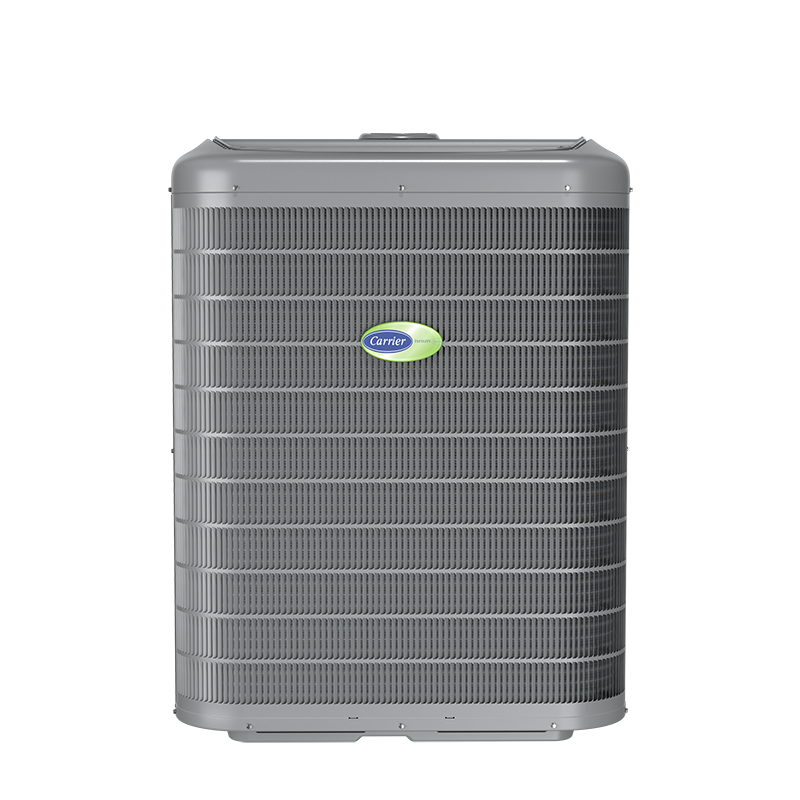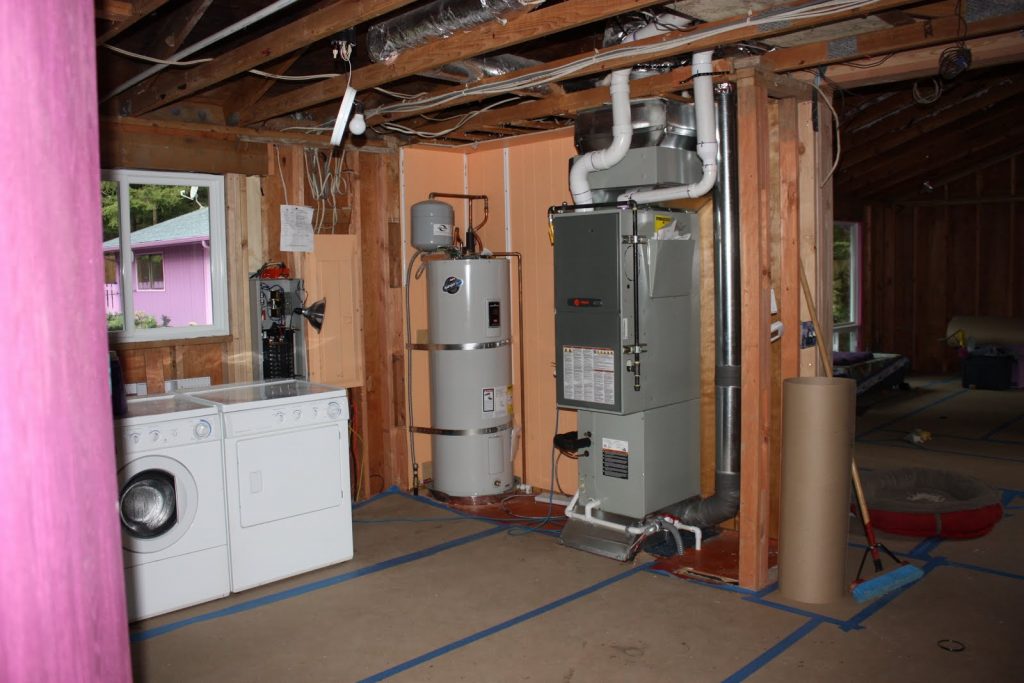Our HVAC pros have selected the 10 most energy efficient central air conditioners.
The units are divided by performance: 4 variable capacity options and 3 each for two-stage and single-stage models. Our strategy is to give you the most efficient options based on the performance level you want, as will be clear in the model reviews.
This guide is focused on the standard split system air source central air conditioners.
Each model is reviewed with the total cost installed, unit features and benefits, pros and cons, and information on how to use the AC for top ROI.
Split System Air Conditioner Options
As you shop for central ACs, considerations will include:
Size/Capacity: Residential air conditioning units can range in size from 1.5 to 5.0 tons, which corresponds to 18,000 BTU to 60,000 BTU.
Efficiency: ACs start at 13 SEER, though the least efficient from most brands are now 14 or 15 SEER. Maximum efficiency increases every year and tops out at 28 SEER with Lennox SL28XCV (024-230A) model for 2022.
Important Notes:
SEER is Seasonal Energy Efficiency Ratio, a measurement of how effectively the unit uses electricity to move heat from inside to outside.
SEER ratings: Each model’s SEER rating is qualified with “Up to.” Why? Because the efficiency level drops slightly in larger models.
For example, the Carrier Infinity 26 offers 26 SEER in the 2-ton and 3-ton sizes, but the 3.5-ton to 5-ton models range from 22.5 to 25 SEER.

Installed Cost: Expect to pay $4,900 to about $12,500 to have a central AC installed. This includes the outdoor condensing unit, a matching coil placed in or adjoining your furnace or air handler, new refrigerant lines and possibly a new thermostat.
Average Cost: Most homeowners pay between $6,500 and $10,500 for a 3-ton, 18 SEER air conditioner with a two-stage compressor.
Cost factors are straight-forward: The central air conditioning unit’s size, quality, efficiency, performance level and the complexity of installation are the major determinants of final cost.
The units in our Top Central AC list are manufactured by brands known for superior quality.
What is an Air Source Central Air Conditioner?
Let’s break down that question to find the answer:
Air source: The AC pulls heat from the air in your home and, here’s the key, releases it in the air outside.
While this is obvious, we mention it in distinction to a geothermal or ground-source air conditioner that releases the heat through piping beneath the ground or submerged in water.
As a result, air-source ACs are not as energy efficient as geothermal units. However…,
Central: This means it serves the whole house – or a large section of a very big house. The units in this list work in conjunction with an air handler, which in most homes is a gas furnace. Cooled and dehumidified air is pushed through supply ducts into each room or zone of the home. Return ductwork circulates warm, humid air back to the air handler to be “treated.”
Air conditioner: These units supply cooled and dehumidified air only. The refrigerant in the system absorbs heat indoors and carries it outside to be released. They do not have reversing valves like a heat pump, so central AC units cannot supply heat.
As noted, they DO require ductwork, unlike a ductless mini split central AC, or heat pump.
Top 10 Most Efficient Central Air Conditioners
1-4 are Variable-capacity ACs: They have compressors that operate between 40% (25% on some models) and 100%. The “speed” of the compressor modulates very slightly up or down to maintain very even indoor temperatures. They are the most expensive, most efficient and remove the most water from humid indoor air.
5-7 are 2-stage models: These units are top-sellers for their balance of efficiency, climate control and reasonable cost.
2-stage central AC units are manufactured with compressors that run at 65% of their potential to maintain your home’s comfort level. When outdoor temperatures rise quickly or you turn down the thermostat, they shift to 100% capacity to catch up.
8-10 are Single-stage ACs: Their compressors operate at 100%. They are the most affordable and least efficient. In very humid weather, they might not remove as much moisture from the air as you would like.
Remember, the list is grouped 1-4/variable capacity, 5-7/two-stage and 8-10/single-stage, so the most efficient air conditioners top the list.
Identical Brands – Most of the units in our list have a “twin” from another brand. For example, the Carrier Infinity 26 and the Bryant Evolution Extreme 26 are identical in all but the cabinet and name plate.
So, if you don’t see your favorite brand on our top 10 list, then check the Identical Models entry at the end of each Review. It might be there. Below the Reviews, we also list a who’s who in HVAC equipment manufacturers and the brands each makes.
- Lennox Signature Series SL28XCV Air Conditioner
- Carrier Infinity 26 Air Conditioner
- Lennox Signature Series XC25 Air Conditioner
- Daikin DX20VC Air Conditioner
- Lennox XC21 Air Conditioner
- Daikin DX18TC Air Conditioner
- York YXT 19 Air Conditioner
- Lennox Signature Series SL18XC1 Air Conditioner
- York YCG 17 Air Conditioner
- Lennox Elite Series EL16XC1 Air Conditioner

